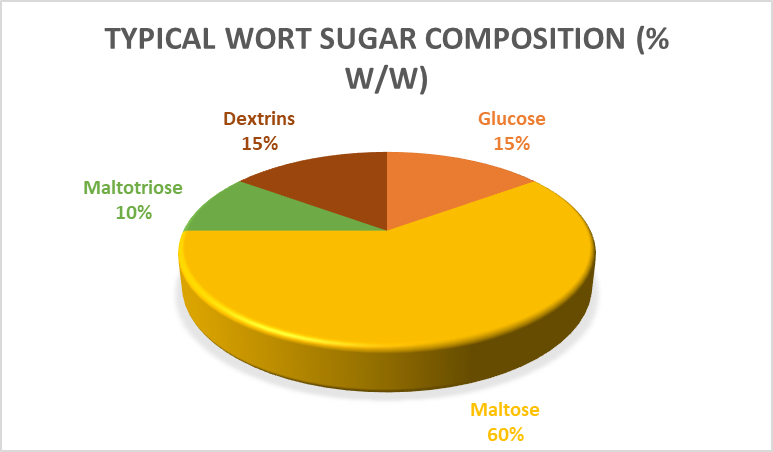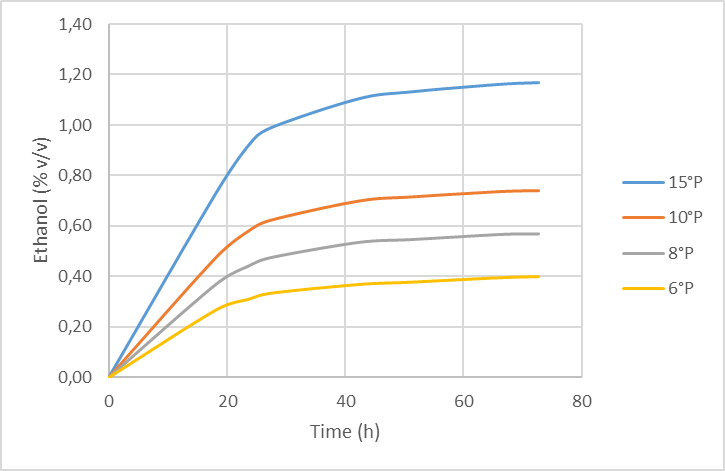By: Hanifa Sekandi
In North America, beer is a much-loved beverage. It is the go-to drink during cottage season. It is a trusted companion for every sports event. It is the bridge between strangers who will find themselves bonding over a pint. Everyone has their favorite brew. Brand loyalty is common and set at a high standard. Just take a stroll through a tailgate party, and you will see what beer drink-ers prefer. Imbibing beer is a culture that spans the globe. Each country has its unique approach to this nuanced fermented beverage. As we travel to South Africa, you will learn about its rich history of beer.
In South Africa, the sun’s heat will graze your skin as the sound of life in this vibrant country will propel you to live boldly. Truly, those who have been to South Africa will tell you there is nothing like it. It is an experience that will change you in ways you could not imagine. South African people and the culture awaken the soul.
As you raise your glass in the celebration, you cannot help but feel the rhythm of South African Zulu dancers. They harmonically chant songs about better days ahead, accompanied by the rhythmic-thunderous sound of the djembe drums. When we drink beer, we dance and sing. We gather with friends and family to tell stories; feel connected. Beer is the ultimate connector where alcoholic beverages are concerned. Even for those who do not prefer beer, a light lager is an exception. When you attend a gathering in South Africa, coolers will overflow, and beer runs throughout the party are continuous. Sounds a lot like North American beer culture, doesn’t it? So, what makes South Afri-can beer culture so unique? More importantly, how did beer become a star beverage in this Afri-can country?
Golden Brew Beginnings In South African
Along with wine in South Africa, European immigrants – Dutch and British settlers – brought their beer-making knowledge to this country. One cannot solely attribute their arrival for the presence of alcohol, since traditionally made alcoholic beverages existed before. However, their presence ushered in the beer industry and set forth a new enterprise that has thrived for more than 300 years.
The beginnings of the European golden brew in South Africa first began in the mid-1650s with the Dutch. An excerpt from Jan van Riebeeck’s diary noted that the first bottled beer was brewed on October 4, 1658. Similar to wine and other spirits, beer was used for its medicinal properties. Since beer was initially brewed to treat scurvy, the Nieuwe Haarlem shipwreck that landed Dutch sailors on South African soil may have been a saving grace for the scurvy-ridden explor-ers.
The idea that beer is deemed a beneficial natural beverage in some countries still exists. Of course, with modern beer-making and innovative methods, the composition of beer has changed, particularly when one looks at commercially sold beer brands. Concerning local homebrews, this belief is still firmly held. As with spirits, the purpose evolved as the desire for beer and its use changed. When European settlers first arrived on South African shores, it was essential to elimi-nate the plague impacting trade between the East Indies and the Netherlands. One could say that the recreational consumption of alcoholic beverages is a haphazard event. The original intent was not to intoxicate people or add more fun to the party.
Malan Liquor Commission in 1960 noted its concern about the intoxicating effects of beer and liquor. This assessment concluded that alcoholic beverages should be consumed with care and with food. As a result, an initiative was created to stabilize drinking habits. It also demonstrated how what was once an essential remedial beverage had transitioned into a leisure one. At the time, beer still held a high standard where natural beverages were concerned. Unlike spirits, it was dubbed a drink consumed by moderate drinkers.
A seed must be planted to see growth, quite evident today in the rapidly expanding beer industry in South Africa. The burgeoning beer industry was not foreseen at its inception or use in the mid-17th century. One would not know its initial purpose unless they did a deep dive into its begin-ning.
South Africa now takes up significant space on the world stage with approximately 34% beer consumption, a number expected to grow roughly 10% annually. South African Breweries (SAB), established in 1895, holds a monopoly on beer production and distribution in South Africa. It is the largest brewer and is a subsidiary of AB InBev, with seven breweries operated under its helm. It maintains an impressive annual brewing capacity of 3.1 billion liters. Familiar premium beer brands Hansa Pilsener and Carling Black Labels are among their diverse portfolio of beers.
Competing with Local Brews
As the beer industry expands globally, it may appear that local or homebrews are popping up out of nowhere. The truth is, local brews and brews endemic to the land have always been there. For example, Bantu Beer, an essential part of the Bantu tribe’s life, is a traditionally brewed beer. The Bantu create this beer with water and kaffircorn. The consistency of this brew is quite thick – almost smoothie-like – since it is partially strained. It is considered a food and drink for this tribe. What differs from European beer is the fermentation process. Bantu beer is fermented until it begins to sour. European beer is pasteurized after bottling. The longer fermentation process that Bantu beer undergoes creates a higher alcohol content.
The legalization of Bantu beer for sale in 1962 could be attributed to its mainstream prevalence. People are looking for something that cuts through the norm. Bantu beer, along with other homebrews, satisfies this desire. It also encourages new brands to enter the market and perhaps borrow from traditionally made brews to expand the South African beer market with something somewhat familiar. When looking at the South African beer market, Bantu Beer is a nouveau niche beverage for those unfamiliar with South African culture or traditional drinks. Its con-sistency also sets it apart from the silkier texture of most beers.
Industrially-made Bantu Beer changed in composition. Now, the mash consists of maize grits combined with kaffircorn malt. These changes are spurring more innovations to expand Bantu’s profit potential. Breweries are looking to entice niche beer consumers who want to drink premi-um, naturally brewed beers or beers that support their lifestyle. Microbreweries trying to break through the market may take the lead and tap into local blends.
Sharing Traditions
The changing political and economic landscape in South Africa is a nation of people who en-dured the cruelties of apartheid. For this country, it is time to rebuild and restore. Imagine being born in a country where you have no rights? A land where your ancestors lived freely for thou-sands of years and have no right to live off the land? Or make profits from your labor? South Africans are claiming not just their land but their birthright to live freely, feed their families and create a life for themselves.
This shift also extends to the beer industry. Local brews are owned and made by South Africans. Breweries owned by the Xhosa, Sotho and Zulu tribes are making beers used for cultural practic-es. For example, The Xhosa beer is shared as a beverage of reciprocity during the harvesting of crops, a time that requires neighboring farmers to come together for additional labor. Beer is of-fered as a way to show appreciation.
Sorghum, gluten-free beers made by modern breweries are most likely borrowed from these tribes. The traditional beer, Umqombothi, is made using sorghum malt, maize malt, corn maize, water and yeast. Another noteworthy find highlights that gluten-free, digestive-friendly beers are not an innovation. As the South African beer industry continues to soar, Umqombothi will be-come the brew watch since it meets the desires not just of the local consumer but tourists who prefer locally made beers low in alcohol and gut-friendly. A beer with a smooth texture and slightly sour aftertaste refreshes the tastebuds. A great sipping beer enjoyed without the over-whelming intoxicating effects experienced with other beers. The art of making this traditional beer passes through generations. It is also brewed in South African homes with unique spices, herbs or citrus additions to create new flavors.
If you ever find yourself in this beautiful country, tasting local beers is a worthwhile experience. Travel back in time with each sip and feel the warmth of the South African people.











